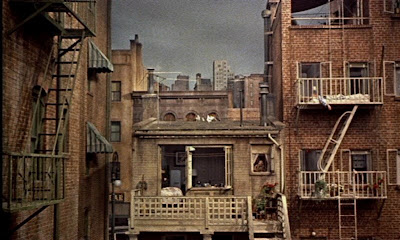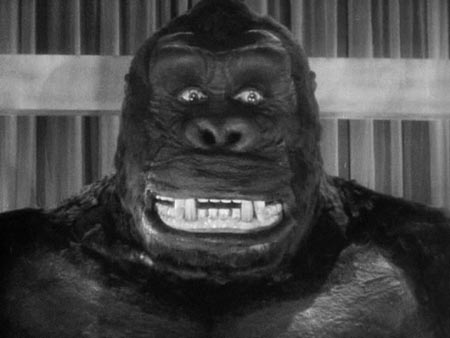
Welcome to the First ever ENG3940H Cinema of Fear, Anxiety and Paranoia Film Festival. Below are most of the student videos we watched together during our last class session. The videos are part of a final project which also includes a lengthy written reflection on the process of making the videos and their connections to the assigned films, readings and the broader themes of the course. Enjoy.
THE FILMS:
H1N1X: Christy, Yelena, and Alesia pay tribute to 70’s paranoia films with this dark and suspenseful comment on the recent Swine Flu scare.
The Spud Diamond: Miriam and Lisa put Psycho, Marathon Man, Night of the Living Dead, and your childhood in a blender to create this nail biter.
Manchurian Mean Girls: In reimagining of the Spring Lake Ladies Garden Club/brainwashing demonstration scene from The Manchurian Candidate, Maria, Alice, Chamandeep, and Jenny put the 1962 classic into dialogue with Mean Girls.
http://www.youtube.com/watch?v=V7JHSsOXdHE
Final Cut: Nick and John speak to the anxiety and fear inspired by their final project in this tense and rapidly paced homage to horror films of the last three decades.
NOTLD: A faithful shot-for-shot recreation of the graveyard scene at the beginning of Night of the Living Dead by Elisabeth, Minhaj and Gilbert. Blooper reel included.
Exorcist Revisited: Whitney, Ravendra, Stephen and Giomar’s dramatic take on the famous exorcism scene in the The Exorcist. The spirit of William Friedkin compels you!
Three Days of the Condor – Elevator Scene (Sweded): Taking a page from Todd Haynes’ on casting, Vik, Jhaneel, Jahn and Daniel reenact shot-for-shot a famous scene from Three Days of the Condor. Starring Max Von Sydow and friends.
Andrew’s Parannoying Activity: Andrew considers the ghost’s needs in a parody of Paranormal Activity.
Vestige: Alan’s homage to Memento with a protagonist whose memory problem is slightly different than Leonard Shelby’s.
And, unfortunately, the Warner Music Group Doesn’t want you to see Scary Stuff, a mashup by Tamara because they don’t seem to get fair use. We’ll see if we can get it to post eventually.























